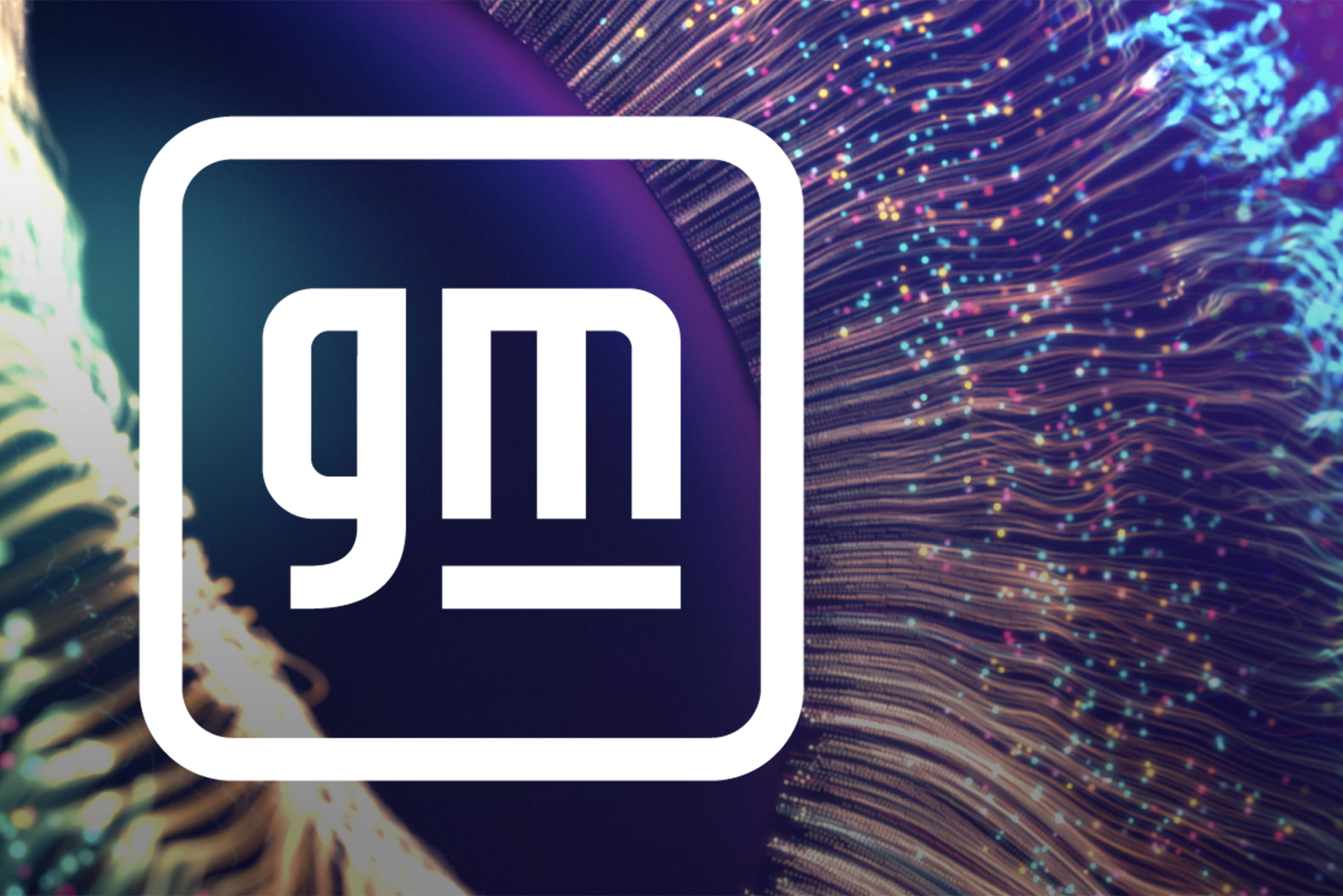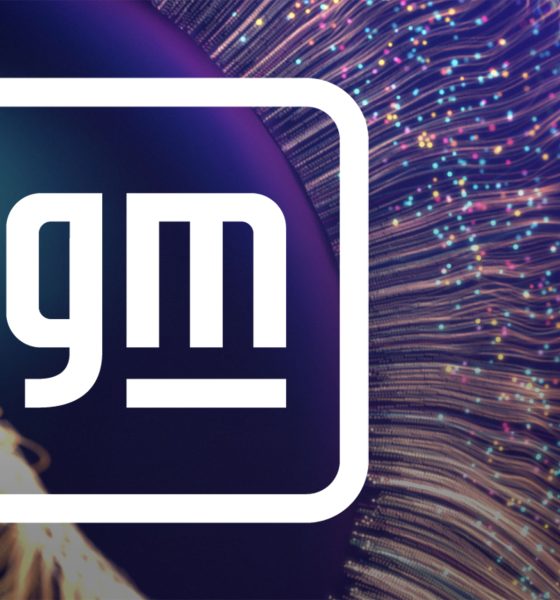The United Auto Workers (UAW) union recently came to tentative contract agreements with the Big Three automakers of Michigan, and General Motors’s (GM’s) investment plans in the agreement reportedly include around $2 billion dedicated to electric vehicle (EV) parts and production.
According to a summary of GM’s agreement with the UAW, GM is set to invest nearly $2 billion into EV production plans at facilities in Michigan, Kansas and New York (via Automotive News). The investments include $1.25 billion set for the Lansing, Michigan Grand River assembly plant and $391 million for its Fairfax, Kansas assembly facility, both of which will produce EVs. The automaker will also invest $300 million into its Tonawanda, New York site for electric drive production.
The financials come as part of more than $11 billion planned for manufacturing investments, many of which are also expected to be related to EV production. The UAW has also said that around $40 billion will be invested by the three automakers during the contract’s term, which ends in April 2028.
“We were able to wrench back so much of what these companies have stolen from us over the past few decades,” UAW President Shawn Fain said during a Facebook livestream on Saturday. “We won back our dignity as auto workers.”
The UAW GM Bargaining 2023 page is your hub to find the information you'll need to make an informed vote on the current tentative agreement. Check it out at the link below.https://t.co/5hBoPl8YrH#StandUpUAW pic.twitter.com/lj4lXuoIrP
— UAW (@UAW) November 4, 2023
Over the next few weeks, the UAW will hold votes for workers to ratify the tentative contracts, and all three of the automakers are including $5,000 ratification bonuses and wage increases of 25 percent over the four-and-a-half-year period.
Other parts of the contract include the restoration of cost-of-living adjustments (COLA) that bring the wage increases to around 33 percent, or over $42 per hour, according to the union. It will also increase the pay of temporary workers with over 90 days on the job by between 51 percent and 115 percent upon being ratified. Temporary workers will be able to become full-time and gain seniority status after working at covered locations for nine months.
Additionally, the agreement brings GM’s Ultium Cells joint venture plants under the contract’s coverage, and employees of the battery arm are expected to get hourly pay raises of at least $6 to $8 when the contract is ratified, according to the UAW.
Although GM refused to comment on the matter, CEO Mary Barra said that the automaker is “pleased to have reached a tentative agreement with the UAW that reflects the contributions of the team while enabling us to continue to invest in our future and provide good jobs in the U.S.”
Over the course of the strikes, Fain implied UAW hopes to reach other automakers not covered by the contracts in the coming years, including Tesla, Toyota, Honda and others. Last month, Fain called workers at the other automakers “UAW members of the future,” highlighting hopes to expand the union’s reach.
Following the union reaching tentative agreements with Ford, GM and Stellantis, Fain also said that the union was looking to bargain with the “Big Five or Six” in 2028 when contracts ended, suggesting that Tesla would likely be amongst the organization’s next targets.
The unionization of Tesla has seen workers divided, and past labor efforts at the automaker’s Fremont, California factory have failed. Tesla CEO Elon Musk also invited the UAW to hold a union vote at its Fremont factory last March, though the union never followed up.
What are your thoughts? Let me know at zach@teslarati.com, find me on X at @zacharyvisconti, or send your tips to us at tips@teslarati.com.

News
Tesla China quietly posts Robotaxi-related job listing
Tesla China is currently seeking a Low Voltage Electrical Engineer to work on circuit board design for the company’s autonomous vehicles.

Tesla has posted a new job listing in Shanghai explicitly tied to its Robotaxi program, fueling speculation that the company is preparing to launch its dedicated autonomous ride-hailing service in China.
As noted in the listing, Tesla China is currently seeking a Low Voltage Electrical Engineer to work on circuit board design for the company’s autonomous vehicles.
Robotaxi-specific role
The listing, which was shared on social media platform X by industry watcher @tslaming, suggested that Tesla China is looking to fill the role urgently. The job listing itself specifically mentions that the person hired for the role will be working on the Low Voltage Hardware team, which would design the circuit boards that would serve as the nervous system of the Robotaxi.
Key tasks for the role, as indicated in the job listing, include collaboration with PCB layout, firmware, mechanical, program management, and validation teams, among other responsibilities. The role is based in Shanghai.
China Robotaxi launch
China represents a massive potential market for robotaxis, with its dense urban centers and supportive policies in select cities. Tesla has limited permission to roll out FSD in the country, though despite this, its vehicles have been hailed as among the best in the market when it comes to autonomous features. So far, at least, it appears that China supports Tesla’s FSD and Robotaxi rollout.
This was hinted at in November, when Tesla brought the Cybercab to the 8th China International Import Expo (CIIE) in Shanghai, marking the first time that the autonomous two-seater was brought to the Asia-Pacific region. The vehicle, despite not having a release date in China, received a significant amount of interest among the event’s attendees.
Elon Musk
Elon Musk and Tesla AI Director share insights after empty driver seat Robotaxi rides
The executives’ unoccupied tests hint at the rapid progress of Tesla’s unsupervised Robotaxi efforts.

Tesla CEO Elon Musk and AI Director Ashok Elluswamy celebrated Christmas Eve by sharing personal experiences with Robotaxi vehicles that had no safety monitor or occupant in the driver’s seat. Musk described the system’s “perfect driving” around Austin, while Elluswamy posted video from the back seat, calling it “an amazing experience.”
The executives’ unoccupied tests hint at the rapid progress of Tesla’s unsupervised Robotaxi efforts.
Elon and Ashok’s firsthand Robotaxi insights
Prior to Musk and the Tesla AI Director’s posts, sightings of unmanned Teslas navigating public roads were widely shared on social media. One such vehicle was spotted in Austin, Texas, which Elon Musk acknowleged by stating that “Testing is underway with no occupants in the car.”
Based on his Christmas Eve post, Musk seemed to have tested an unmanned Tesla himself. “A Tesla with no safety monitor in the car and me sitting in the passenger seat took me all around Austin on Sunday with perfect driving,” Musk wrote in his post.
Elluswamy responded with a 2-minute video showing himself in the rear of an unmanned Tesla. The video featured the vehicle’s empty front seats, as well as its smooth handling through real-world traffic. He captioned his video with the words, “It’s an amazing experience!”
Towards Unsupervised operations
During an xAI Hackathon earlier this month, Elon Musk mentioned that Tesla owed be removing Safety Monitors from its Robotaxis in Austin in just three weeks. “Unsupervised is pretty much solved at this point. So there will be Tesla Robotaxis operating in Austin with no one in them. Not even anyone in the passenger seat in about three weeks,” he said. Musk echoed similar estimates at the 2025 Annual Shareholder Meeting and the Q3 2025 earnings call.
Considering the insights that were posted Musk and Elluswamy, it does appear that Tesla is working hard towards operating its Robotaxis with no safety monitors. This is quite impressive considering that the service was launched just earlier this year.
Elon Musk
Starlink passes 9 million active customers just weeks after hitting 8 million
The milestone highlights the accelerating growth of Starlink, which has now been adding over 20,000 new users per day.

SpaceX’s Starlink satellite internet service has continued its rapid global expansion, surpassing 9 million active customers just weeks after crossing the 8 million mark.
The milestone highlights the accelerating growth of Starlink, which has now been adding over 20,000 new users per day.
9 million customers
In a post on X, SpaceX stated that Starlink now serves over 9 million active users across 155 countries, territories, and markets. The company reached 8 million customers in early November, meaning it added roughly 1 million subscribers in under seven weeks, or about 21,275 new users on average per day.
“Starlink is connecting more than 9M active customers with high-speed internet across 155 countries, territories, and many other markets,” Starlink wrote in a post on its official X account. SpaceX President Gwynne Shotwell also celebrated the milestone on X. “A huge thank you to all of our customers and congrats to the Starlink team for such an incredible product,” she wrote.
That growth rate reflects both rising demand for broadband in underserved regions and Starlink’s expanding satellite constellation, which now includes more than 9,000 low-Earth-orbit satellites designed to deliver high-speed, low-latency internet worldwide.
Starlink’s momentum
Starlink’s momentum has been building up. SpaceX reported 4.6 million Starlink customers in December 2024, followed by 7 million by August 2025, and 8 million customers in November. Independent data also suggests Starlink usage is rising sharply, with Cloudflare reporting that global web traffic from Starlink users more than doubled in 2025, as noted in an Insider report.
Starlink’s momentum is increasingly tied to SpaceX’s broader financial outlook. Elon Musk has said the satellite network is “by far” the company’s largest revenue driver, and reports suggest SpaceX may be positioning itself for an initial public offering as soon as next year, with valuations estimated as high as $1.5 trillion. Musk has also suggested in the past that Starlink could have its own IPO in the future.










